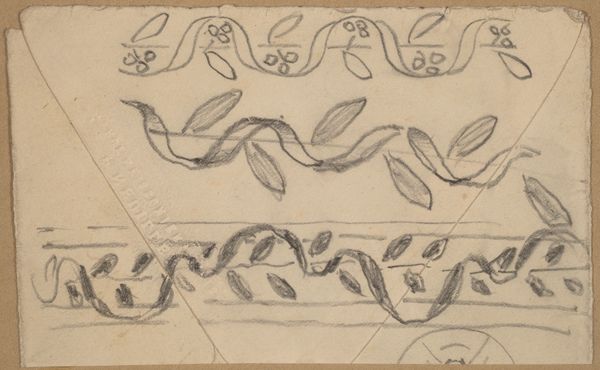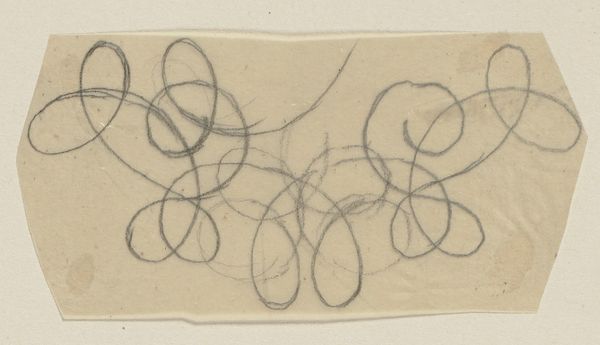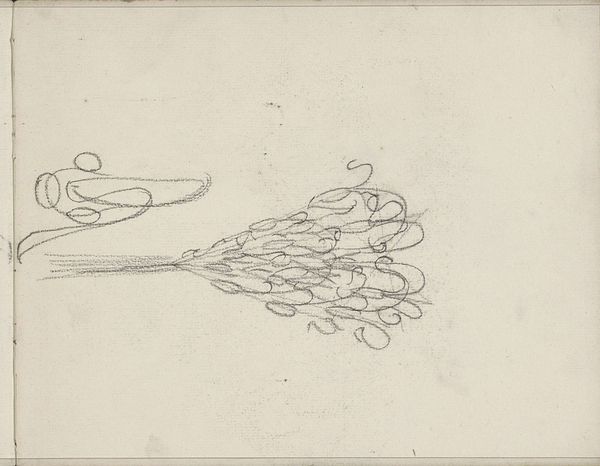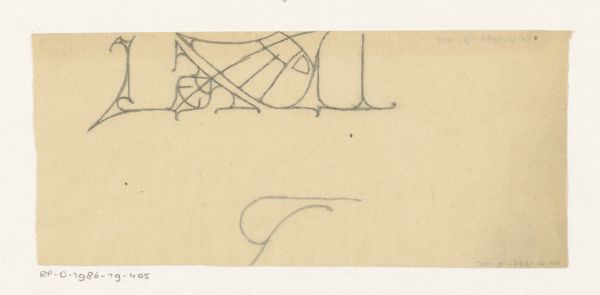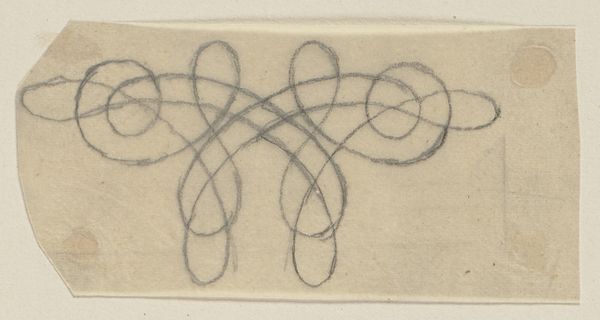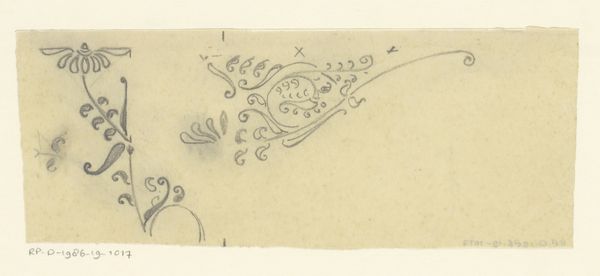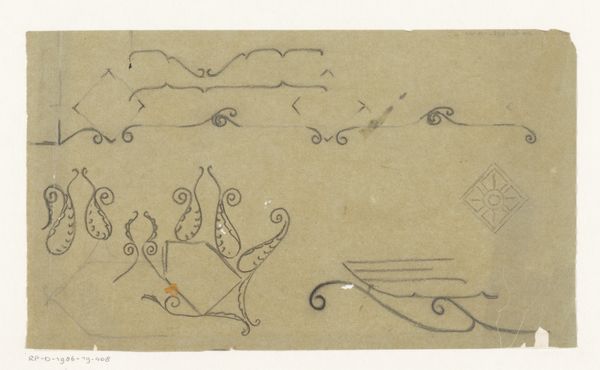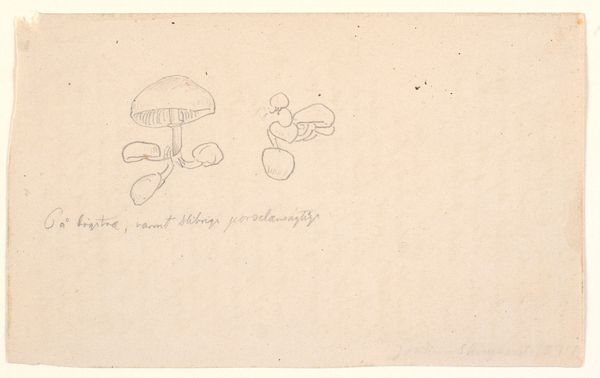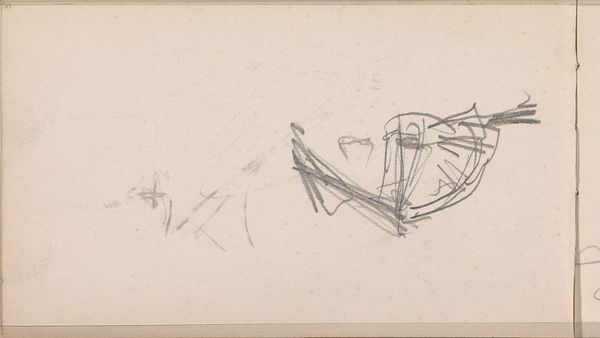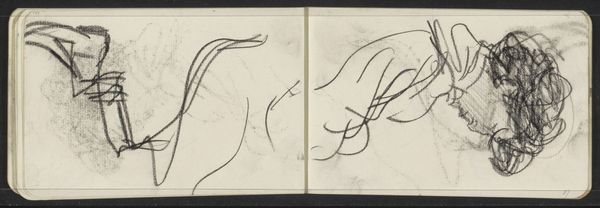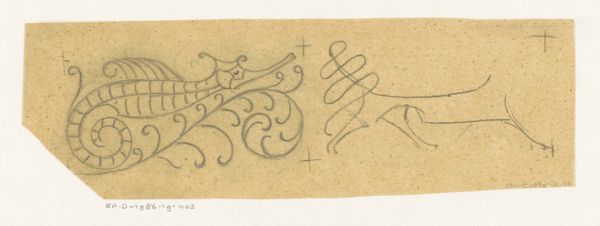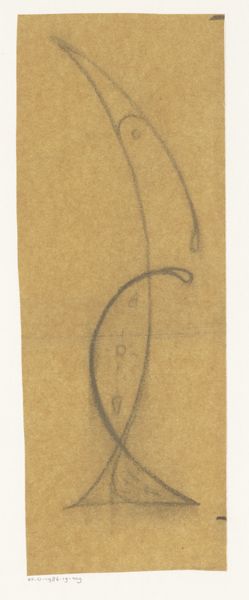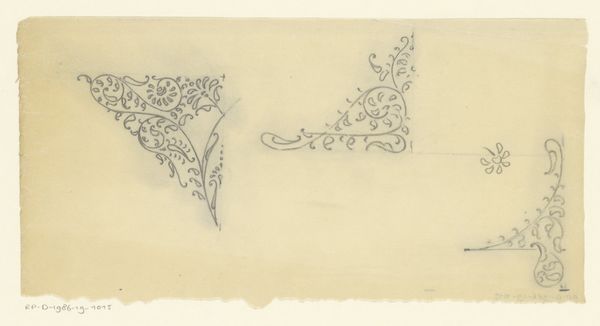
drawing
#
drawing
#
art-nouveau
#
geometric
#
line
Dimensions: sheet (irregular): 3.5 × 6.3 cm (1 3/8 × 2 1/2 in.) mount: 29.9 × 45.6 cm (11 3/4 × 17 15/16 in.)
Copyright: National Gallery of Art: CC0 1.0
Editor: This is Charles Sprague Pearce's "Study for a Border Design," dating from 1890 to 1897. It's a drawing that, at first glance, seems almost like a doodle. What do you make of it? Curator: Given its timeframe and the artist's affiliation, this seemingly simple drawing connects us to a rich vein of late 19th-century artistic production. Pearce, though American, lived largely in France, immersing himself in a culture grappling with how art could function in a rapidly changing society. How do you see this piece fitting within the larger artistic movements of the period? Editor: Well, it feels very Art Nouveau to me with all of those swirling lines. Curator: Precisely. The Art Nouveau movement sought to democratize art, embedding beauty into everyday objects, like, perhaps, a decorative border. It challenged academic art by embracing stylized natural forms. The question then becomes, whose everyday life was being enhanced by this type of art? Think about the patrons, the commissioning bodies, and the social class most likely to interact with such decorative elements. Does that impact your view? Editor: It makes me consider the power dynamics involved. This kind of seemingly 'innocent' decoration could easily become a marker of status, enjoyed only by a privileged elite. It's not necessarily art for everyone, even if that was the aim. Curator: Exactly. It's a good reminder that art, even at its most decorative, is often deeply embedded in the social and political context of its time. Editor: So, a simple doodle might be less simple than it appears! Curator: Indeed. The art's intended purpose and reach shape our understanding of what it really represents.
Comments
No comments
Be the first to comment and join the conversation on the ultimate creative platform.
